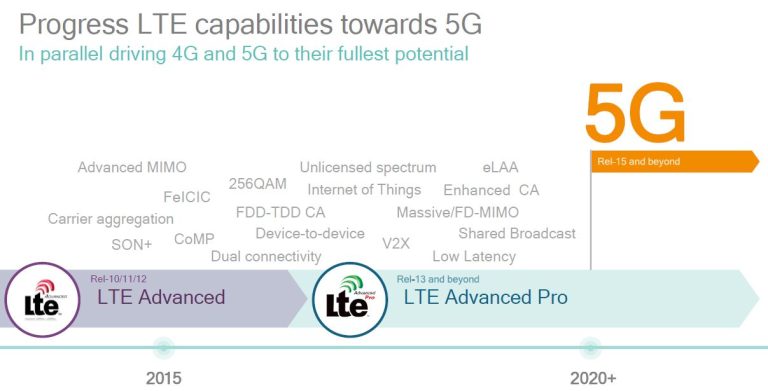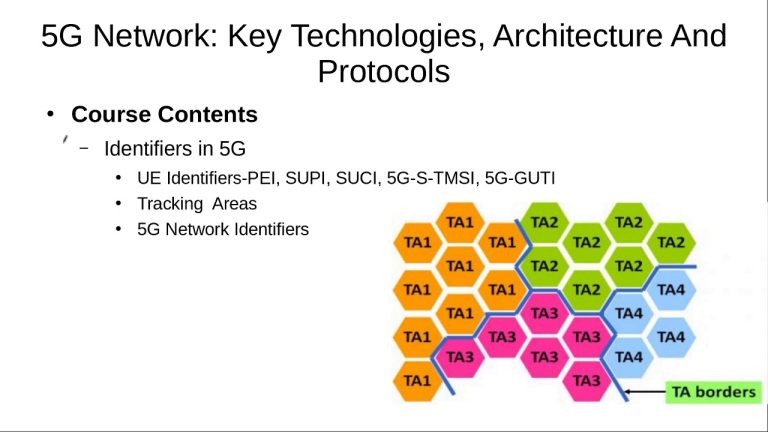WAVE (Wireless Access for Vehicular Environments): What You Need to Know
telcomatraining.com – WAVE, or Wireless Access for Vehicular Environments, is an advanced communication technology designed to improve the connectivity and safety of vehicles on the road. It aims to provide high-speed, low-latency wireless communication between vehicles, infrastructure, and other road users, enhancing road safety and enabling a more efficient transportation system. In this article, we’ll dive deep into WAVE, its applications, benefits, and the key aspects you need to understand about this transformative technology.
What is WAVE (Wireless Access for Vehicular Environments)?
WAVE is a communication protocol developed for vehicular environments, primarily designed to enable the exchange of information between vehicles (V2V), infrastructure (V2I), and road users. It operates within the IEEE 802.11p standard, which is a part of the broader IEEE 802.11 family, specifically tailored for wireless communication in mobile and high-speed environments.
WAVE allows vehicles to communicate with each other and the surrounding infrastructure using short-range wireless communication. This network facilitates the sharing of information such as traffic conditions, road hazards, weather updates, and other critical data in real-time. With the adoption of WAVE, the transportation industry moves closer to the goal of smart, connected vehicles.
Key Applications of WAVE Technology
WAVE has several vital applications that benefit both vehicle manufacturers and drivers. Some of the most significant applications include:
- Vehicle-to-Vehicle (V2V) Communication
V2V communication is a cornerstone of WAVE technology. By enabling vehicles to share information about their position, speed, and direction, WAVE enhances situational awareness for drivers. This exchange of data can help prevent accidents by providing early warnings about potential collisions, sudden stops, or hazardous conditions. - Vehicle-to-Infrastructure (V2I) Communication
WAVE also enables vehicles to communicate with infrastructure, such as traffic lights, road signs, and sensors. Through V2I communication, vehicles can receive real-time updates about traffic signals, road construction, or detours, allowing for smoother traffic flow and reducing congestion. - Advanced Driver Assistance Systems (ADAS)
WAVE technology is a key enabler for advanced driver assistance systems. These systems rely on real-time data from surrounding vehicles and infrastructure to provide features such as automatic emergency braking, lane-keeping assistance, and adaptive cruise control. WAVE’s low-latency communication ensures that these systems can respond quickly and accurately in critical situations. - Autonomous Vehicles
For autonomous vehicles, WAVE technology plays a crucial role in ensuring seamless interaction with other vehicles and the environment. With autonomous cars relying heavily on real-time communication to navigate safely, WAVE provides the infrastructure needed for efficient data exchange and decision-making.
Benefits of WAVE Technology
- Enhanced Safety
One of the primary benefits of WAVE is its ability to improve road safety. By enabling vehicles to communicate with each other and their surroundings, WAVE helps drivers make better-informed decisions, reducing the risk of accidents. Features such as collision avoidance, emergency braking, and hazard detection are made possible through WAVE-enabled communication. - Reduced Traffic Congestion
WAVE contributes to more efficient traffic management by providing real-time information about traffic flow and road conditions. This allows for better traffic control, smarter routing, and more efficient use of roads, helping to reduce congestion and travel times. - Environmental Benefits
With WAVE technology enabling smoother traffic flow and reduced congestion, fuel consumption is optimized, leading to a reduction in emissions. Additionally, WAVE can contribute to greener transportation systems by supporting electric vehicles and autonomous driving, which can further minimize the environmental impact of road traffic. - Support for Smart Cities
WAVE is a key technology in the development of smart cities. By integrating WAVE-enabled vehicles and infrastructure into urban planning, cities can create smarter, safer, and more efficient transportation networks that improve the quality of life for residents.
Challenges and Future of WAVE Technology
Despite its numerous benefits, WAVE technology faces some challenges. These include concerns about privacy and security, as the communication network could potentially be vulnerable to hacking or misuse. Additionally, the widespread deployment of WAVE requires significant investment in infrastructure, which could take time to implement.
However, the future of WAVE technology looks promising. As the demand for connected and autonomous vehicles continues to grow, WAVE is expected to play an increasingly important role in shaping the future of transportation. With ongoing research and development, WAVE is poised to make transportation safer, more efficient, and more sustainable.
Conclusion
In conclusion, WAVE (Wireless Access for Vehicular Environments) is a transformative technology that has the potential to revolutionize the way vehicles communicate with each other and their environment. By enabling seamless, low-latency communication, WAVE enhances road safety, reduces traffic congestion, and supports the development of autonomous vehicles. As we move toward smarter transportation systems, WAVE will be a critical component in making our roads safer and more efficient for everyone.
By understanding WAVE’s capabilities, applications, and future prospects, you can better appreciate how this innovative technology will shape the future of driving and transportation worldwide.







